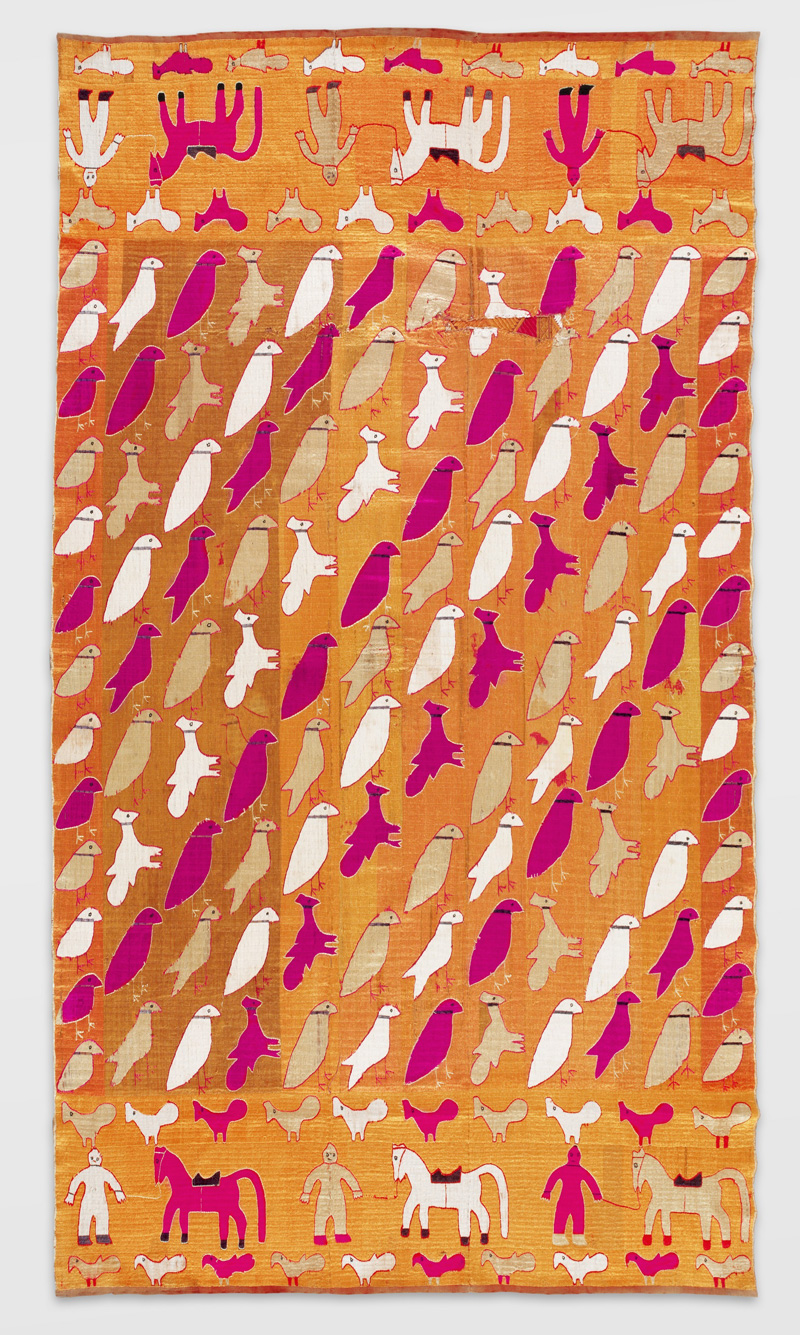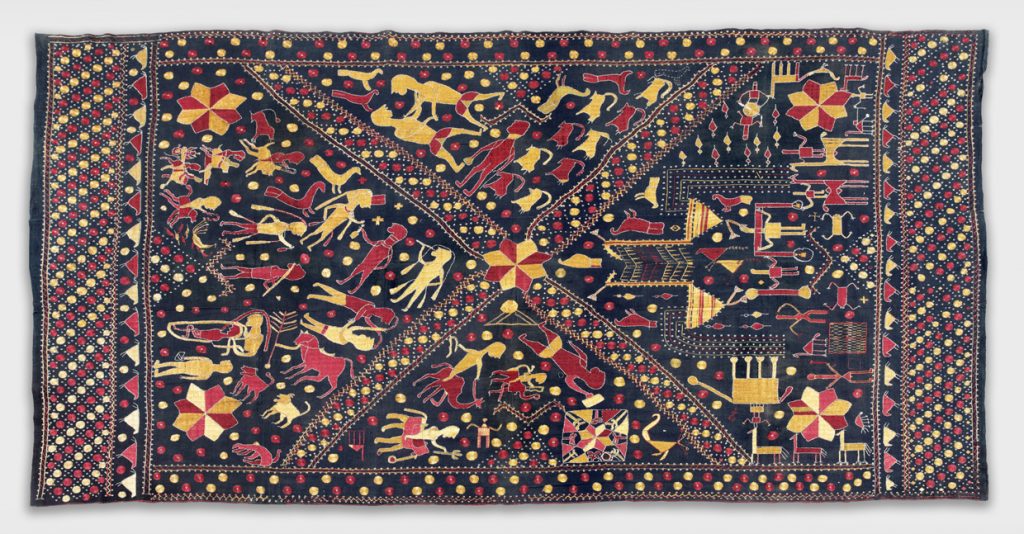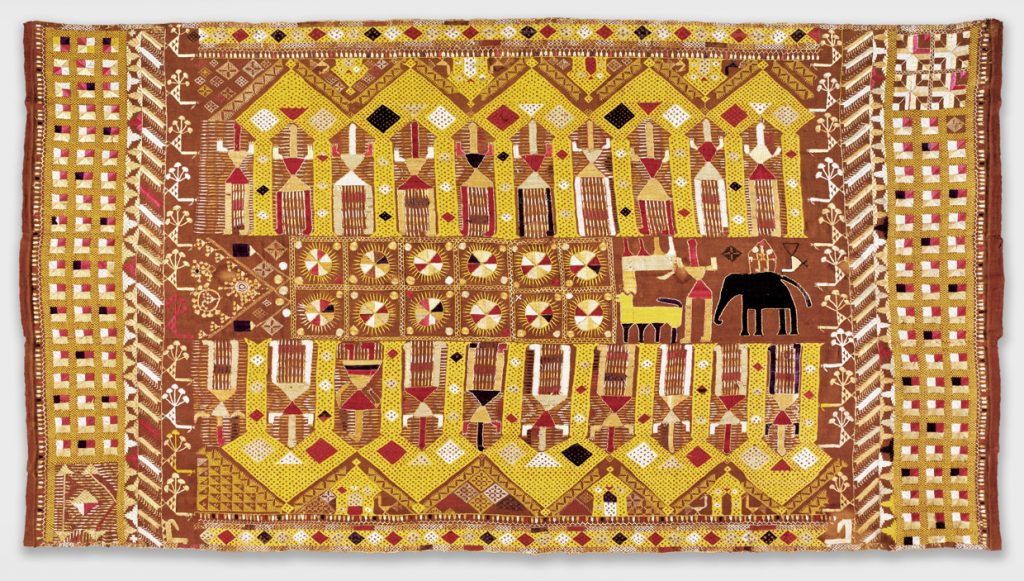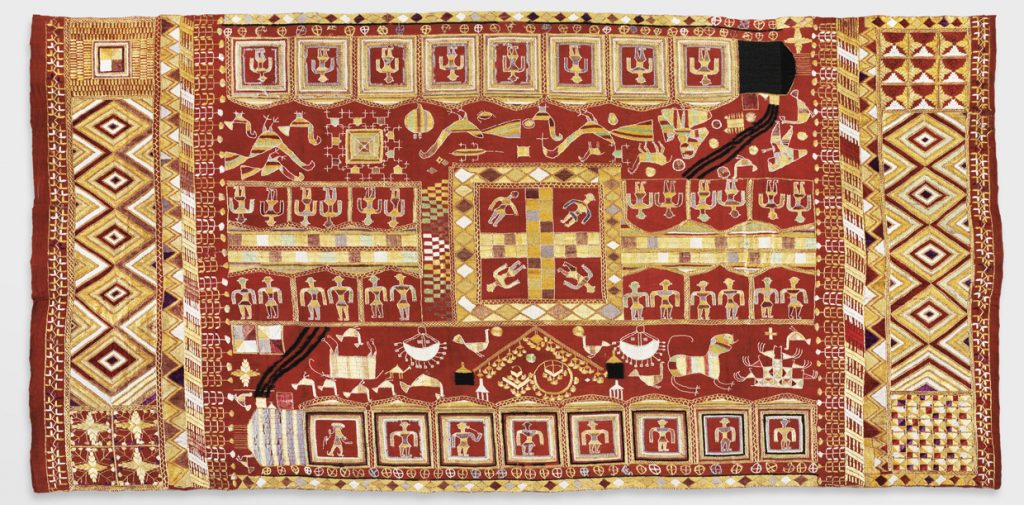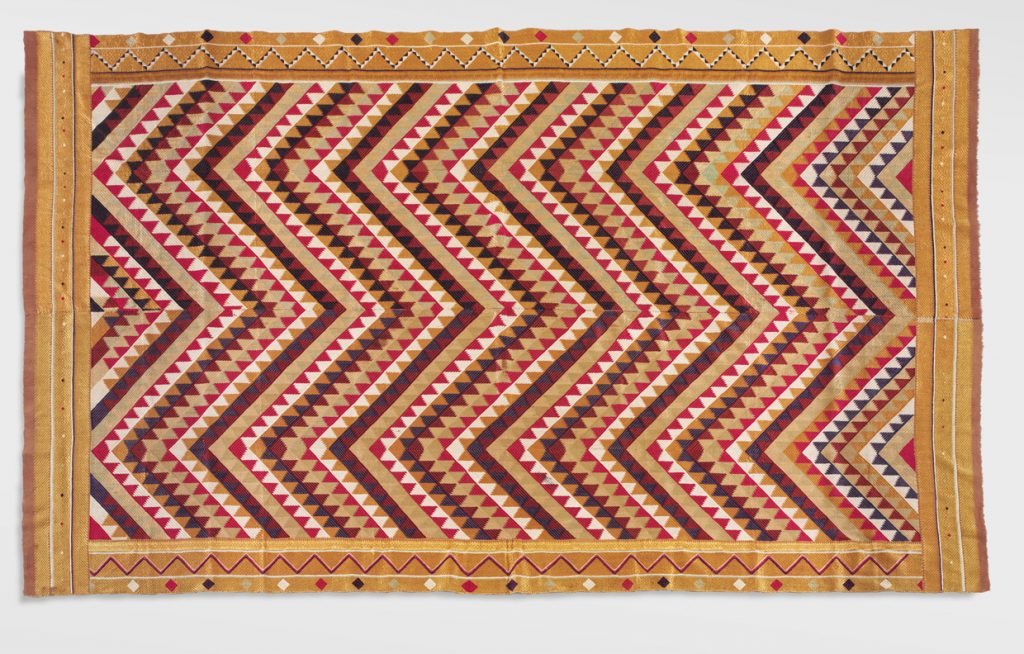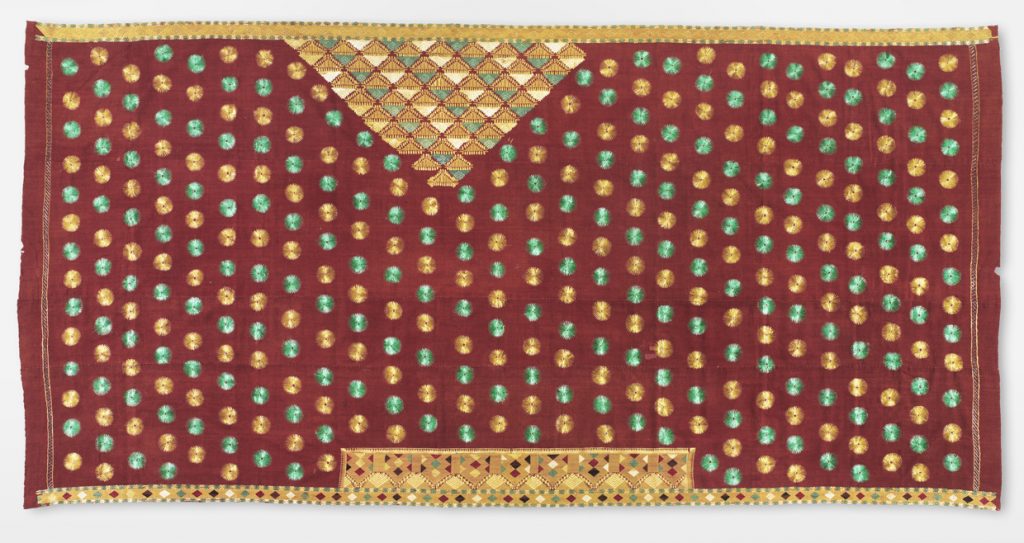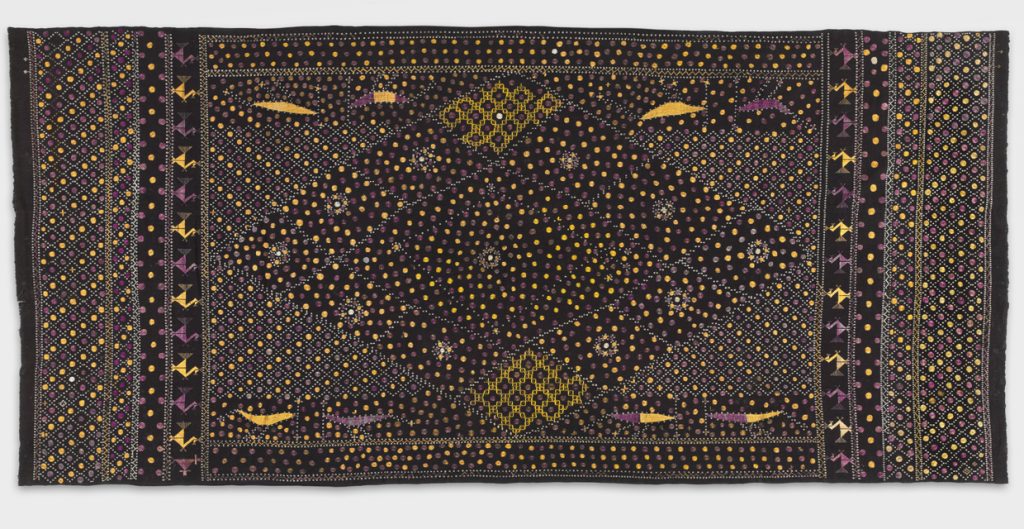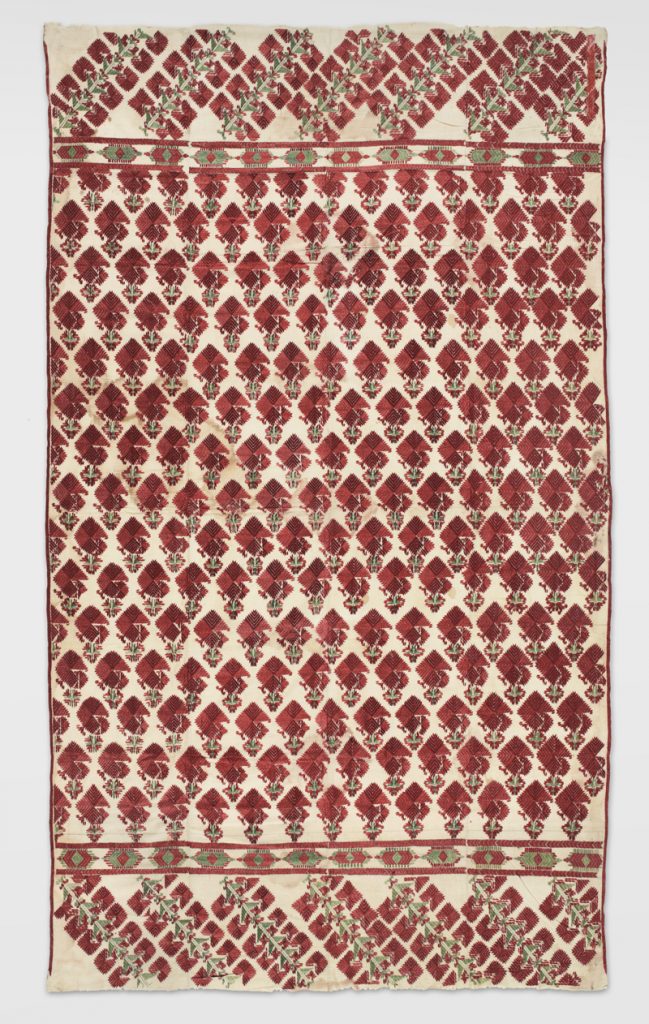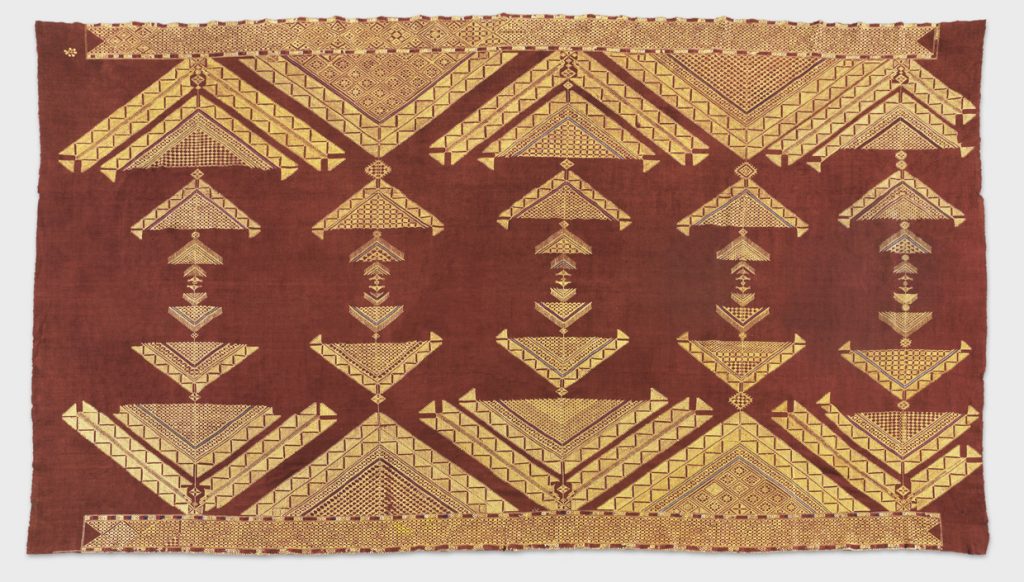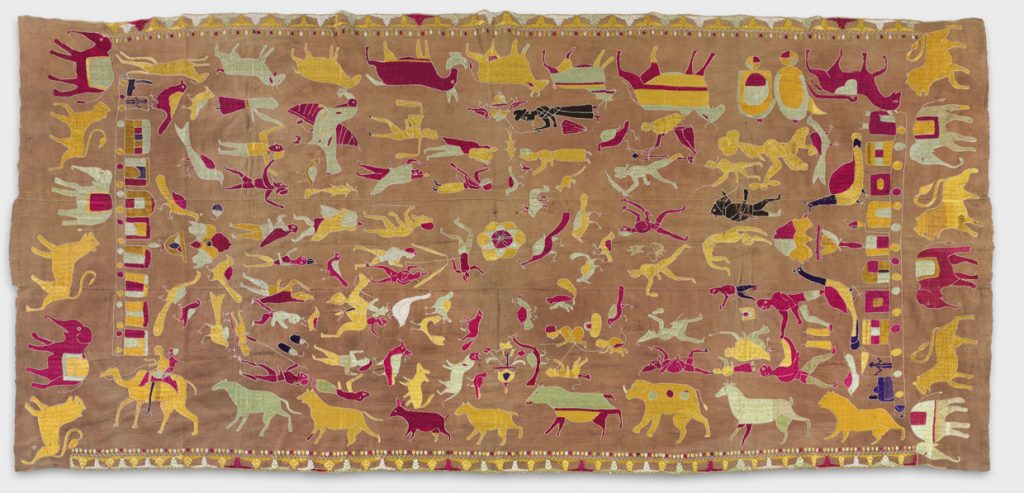
Image Credit to the Artist and Steidel Contemporary
Philadelphia Fine Art Fair Announces Exhibitors for Inaugural Edition
(Philadelphia, PA) – Philadelphia Fine Art Fair (PFAF) announces the exhibitors for its inaugural, 2019 edition presenting works by significant modern and contemporary artists. Taking place on April 4th – 7th, 2019 at The 23rd Street City Troop Armory (22 S. 23rd St, Philadelphia), PFAF brings 34 international galleries, featuring 300 established artists, to the City of Brotherly Love.
“Galleries were carefully selected to showcase the best examples of each genre and kind of artist. Though international in scope, we do also provide an emphasis on local artists. Fairgoers will be able to view and acquire works by a refined selection of emerging, mid-career and blue chip contemporary artists,” says Fair Director RIck Friedman. “Best of all,
there are ‘must have’ treasures for every budget. Wearing my collector hat, I can’t wait to have a shot at these gems.”
Embracing the city’s history and passion for visual arts, the galleries presented at PFAF represent the longstanding cultural vibrancy of Philadelphia. The exhibitors hail from 19 cities, featuring renowned artists from around the world, including Cuba, Latin America, and Europe.
The PFAF exhibitors represent acclaimed talent from all around the world, while giving an international perspective in a local setting, PFAF is thrilled to be able to host the regional fair in a location that aligns with the city’s past. Held in the historic 23rd Street City Troop Armory, a centrally located fortress, the armory was originally built to house the men who helped keep the city safe for centuries, reflecting the fierce loyalty locals hold for their city. The building’s history will complement the work being featured by PFAF’s international roster of exhibitors and provide a unique environment for fair patrons to enjoy.
2019 Galleries
- Anna Zorina Gallery, New York, NY
- Arcadia Contemporary, Pasadena, CA
- Birch Contemporary, Toronto, Canada
- Bluestone Fine Art Gallery, Philadelphia, PA
- Bowersock Gallery, Provincetown, MA
- Bridgette Mayer Gallery, Philadelphia, PA
- Cernuda Arte, Coral Gables, FL
- Corridor Contemporary, Philadelphia, PA
- David Rothermel Contemporary, Sante Fe, NM
- Dean Borghi Fine Art, New York,NY
- Fremin Gallery, New York, NY
- Galerie Fledermaus, Chicago, IL
- Galerie Isabelle Lesmeister, Regensburg, Germany
- Gilles Clement Gallery, Greenwich, CT
- Grenning Gallery, Sag Harbor, NY
- Haviland Reed, Southampton, NY
- Janet Lehr Fine Arts, East Hampton, NY
- JSF Contemporary, Philadelphia, PA
- Louis K Meisel Gallery, New York, NY
- LGTripp Gallery, Philadelphia, PA
- Merritt Gallery, Haverford, PA
- MM Fine Art, Southampton, NY
- Neumann Wolfson Art, New York, NY
- Rockelmann & Partner, Berlin, Germany
- Rojas Ford Fine Art Gallery, Coral Gables, FL
- Roman Fine Art, East Hampton, NY
- Seraphin Gallery, Philadelphia, PA
- Stanek Gallery, Philadelphia, PA
- Steidel Contemporary, Lake Worth, FL
- Sudden Contemporary, by Aureus Fort Collins, CO
- The Hunt Gallery, Sandwich, UK
- Twelve Gates Arts, Philadelphia, PA
- Trident Gallery, Gloucester, MA
- Walker Fine Art, LTD, New York, NY
About PFAF
The Philadelphia Fine Art Fair (PFAF) is an international, contemporary art fair that seeks to engage the strong, local art scene Philadelphia has developed. For its inaugural year, PFAF is hosting a roster of exhibitors who are presenting significant works of modern and contemporary art. Under the leadership of Fair Director, Rick Friedman, PFAF is the newest addition to the luxury, regional fine art fairs Friedman is known for producing in cities including the Hamptons, Aspen, Houston, San Francisco, Palm Springs, and Silicon Valley. PFAF is dedicated to supporting, contributing and furthering the artistic goals of the cultural community of Philadelphia.
The Opening Night Preview
Thursday, April 4, 6:00pm – 10:00pm
Show Hours
Friday, April 5, 11:00am – 7:00pm
Saturday, April 6, 11:00am – 6:00pm
Sunday, April 7, 11:00am – 5:00pm.
General admission tickets are $25pp and can be purchased online
(https://www.philfineartfair.com/) or at the door.
Fair Contact
Donna Thiele, Director of Fair Development, 631-283-5505
Thank you to Madison Fishman for the content of this post.
Like DoNArTNeWs Philadelphia Art News Blog on facebook
Follow the new DoNArTNeWs.com
Follow DoN on Twitter @DoNNieBeat58
@donniebeat on Instagram
Affiliate Marketing [disclosure page] Shop on-line and help support DoNArTNeWs
Donate via safe and secure PayPal in the sidebar.
DoNArTNeWs – celebrating eleven years reporting on Philadelphia artists and art.

